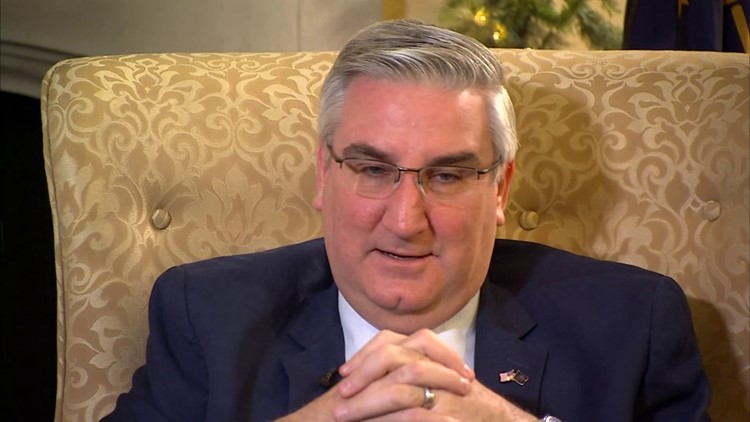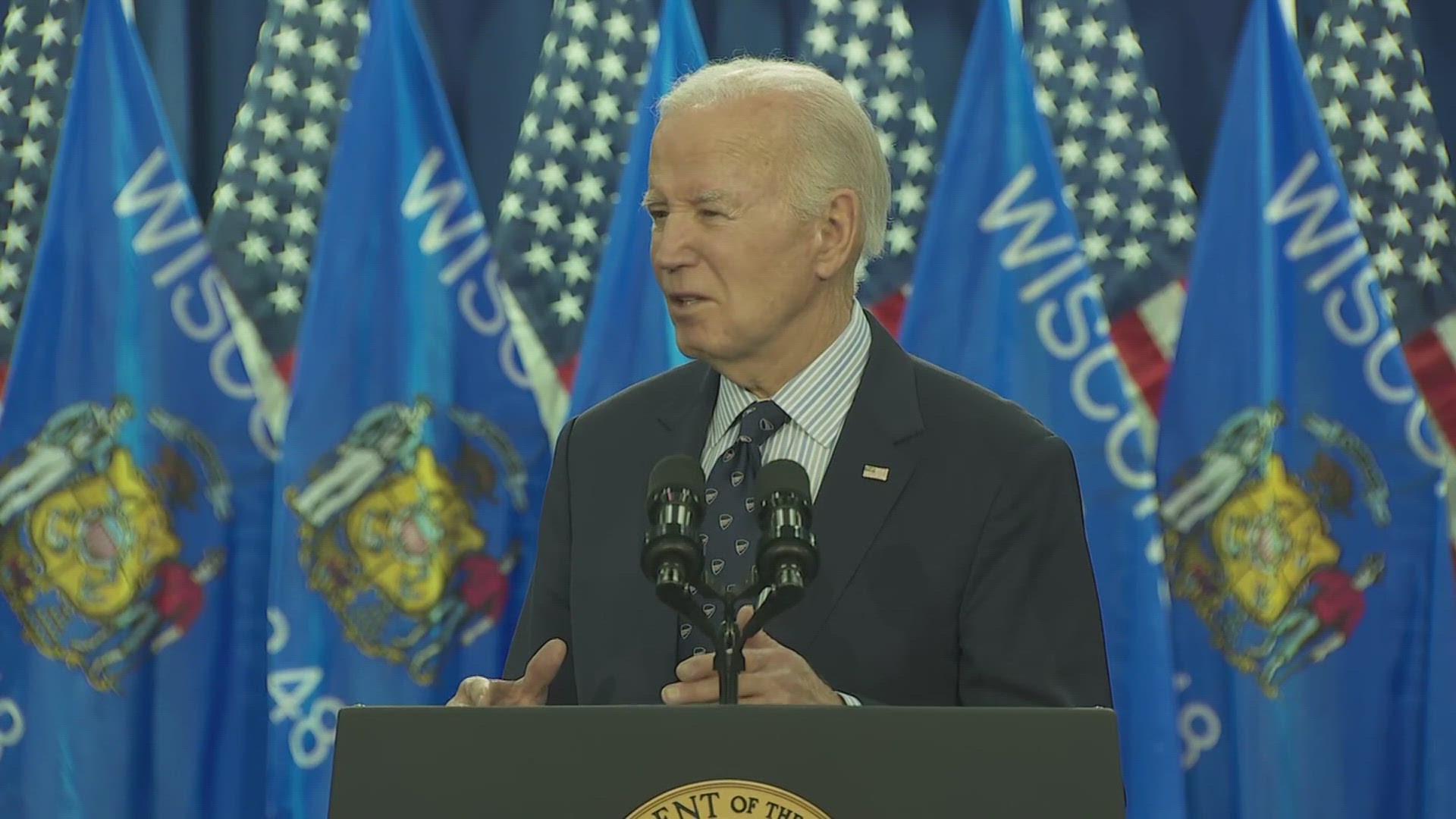INDIANAPOLIS — By any measure, Gov. Eric Holcomb’s mid-day address on Tuesday was extraordinary. Stating that Indiana stands at an “inflection point” and promising Hoosiers that he is prepared to become a racial “barrier buster,” the governor traced the nation’s racially charged lineage from Thomas Jefferson’s “Declaration of Independence” to the Civil War, to the Jim Crow era leading up to the civil rights movement, and the current Black Lives Matter.
That it came a week before the virtual Republican National Convention with President Trump emanating a series of racial dog whistles ranging from his defense of Confederate statues to equating a Black Lives Matter mural as a “symbol of hate,” to Patricia and Mark McCloskey (the St. Louis couple pointing guns at a group of Black protesters) receiving invitation to address the RNC, is fascinating timing.
By Wednesday, Holcomb’s bold move brought criticism from his right and left flanks. While most of the press equated Holcomb’s address to simple policy – Indiana State Police to be equipped with body cameras – there was something far deeper here.
Holcomb began with a statement, saying racism is “another kind of virus that is equally voracious and it’s in turn forcing us to a reckoning as a state and nation – one that’s built on ‘equality for all.’”
“Our country is unique in that we were founded on the promise that all men were created equal,” he continued. “And yet, it’s just a fact, the concept wasn’t put into practice even before the ink was dry. Quite the contrary. Laws were established that classified African Americans as ‘property’ and prevented women from voting. There’s nothing equal about that.”
Holcomb mentioned the Civil War which cost the lives of 24,000 Hoosiers who took up arms to stem the expansion of slavery, then said, “Over the ensuing decades, anti-slavery states like Indiana still attracted those who thought their birthright gave them the right to carry out heinous acts of violence against those who didn’t look or pray the way they did. Lynching and burning down houses of worship were their means of sending messages of ‘how it would be.’ Jim Crow laws kept people of color separate, prevented them from voting and denied them equal treatment under the law.
“It’s in this environment that we’ve seen a number of unarmed Black men and women killed, culminating in an officer kneeling on the neck of Mr. George Floyd for 8 minutes and 46 seconds until his last breath was snuffed out,” Holcomb said. “I admit, I can’t put myself in a Black person’s shoes. So, I’ve spent considerable time since Mr. Floyd’s death connecting with and listening to Black leaders and stakeholders, one conversation leading to the next, and the next and the next.”
It took a good several minutes before Holcomb delivered policy. He announced he was creating a cabinet level chief equity, inclusion and opportunity officer; would outfit all “front line” Indiana State Police troopers with body cameras by next spring; and directed the State of Indiana’s Management Performance Hub to create a Public Disparity Data Portal to show how state programs are working. He ordered a review of Indiana Law Enforcement Academy curriculum and training.
“To those who feel impatient and that we’re not moving fast enough on this journey, I get it,” Holcomb said. “To those who subscribe to the late John Lewis’s, ‘Getting into some good trouble’, I get it. But John Lewis also knew the key to driving change was nonviolence.”
He quoted Dennis Bland, president of the Center for Leadership Development, who told him, ‘Change is going to happen. The key is to shape change.’
“That’s what I and my team intend to do: Shape change,” Holcomb said.
The skepticism came from all sides. Indianapolis Councillor Ali Brown said while the “sudden policy rollout about ending systemic racism is welcoming,” he added Holcomb resorted to closed-door meetings “when Hoosiers needed to see unity on all sides.”
State Rep. Cherish Pryor of the Indiana Black Legislative Caucus added, “It’s a start,” but added that “bill after bill” addressing racial issues “have either failed or received little to no support from the Republican Party.”
Conservative activist Monica Boyer posted on Facebook, “I am sitting here getting my hair done watching Facebook light up with vile ANGER against the stupidity of our Governor!!!!!! VERY STUPID MOVE Governor. You don’t lecture these Hoosiers about things you literally have no idea about. A Democrat Governor is about to be elected in November.”
Brad Rataike, a long-time Holcomb ally who worked for two years in the Trump White House, told me, “There is definitely something broader than just the body cams. This is the first time in my lifetime that I remember a sitting governor tackling the issue of race head on. You don’t make a statewide address about something like this and forget about it two weeks later.”
My take?
Holcomb is a student of history. He realized the Trump reelection campaign will likely be incendiary. He took seriously the need to begin a conversation on a subject that has become a searing topic across his state; his nation. He wanted to set his own tone.
And he’s willing to spend part of his accrued political capital to do so.
The columnist is publisher of Howey Politics Indiana at www.howeypolitics.com. Find Howey on Facebook and Twitter @hwypol.



